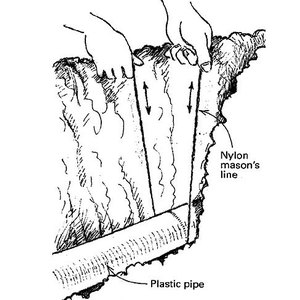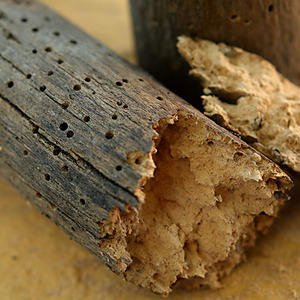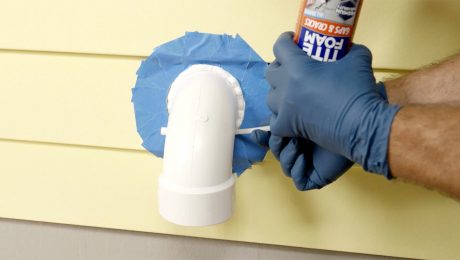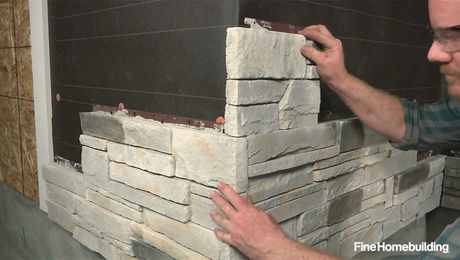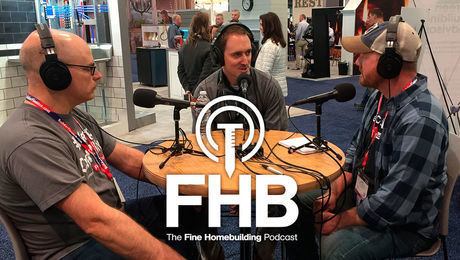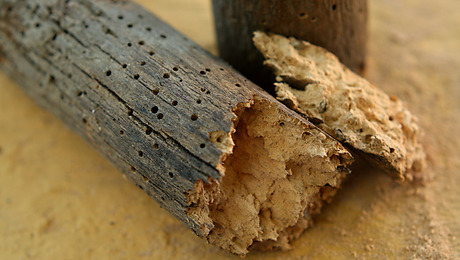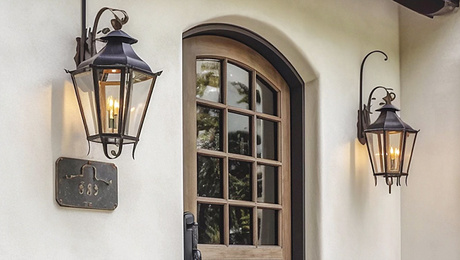In his article “Shower-Door Sampler”, Matthew Teague tells us that quality shower doors and surrounds are made with either tempered or laminated glass. While these products make good use of each type of glass, safety glass meets the demands of a variety of other applications in the kitchen and the bathroom. Building codes specify where safety glass should be used within the home, but understanding the performance difference between each type will help to ensure that you get the performance you paid for.
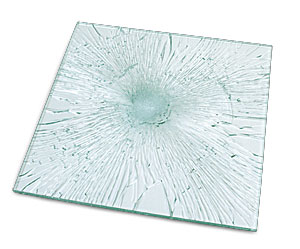
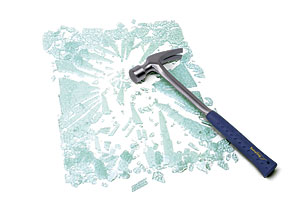
Laminated Glass
Laminated glass is composed of two layers of glass, which are typically adhered to a polyvinyl butyral (PVB) film called the interlayer. Each pane of glass can be annealed, heat-strengthened, or tempered. Laminated glass is often sourced for both safety and security reasons. Not all laminated glass performs well in wet applications.
The Benefit
If laminated glass is broken, the pieces of glass remain adhered to the interlayer. This quality reduces the chances of injuries from broken glass. Also, because the interlayer remains intact and because the glass remains in its support frame, intruders can’t gain entry. Perhaps a more indirect benefit, but a no-less positive one, is the ability of laminated glass to deaden sound.
The Drawback
PVB interlayers are hydroscopic, so they take on moisture. It is not uncommon for a milky 1-in.-wide band to appear around a window over time. Installing this type of laminated glass in a moist environment may expedite the process. Look for laminated glass without a PVB interlayer, suitable for wet areas; one product is SentryGlas by DuPont. Laminated glass typically costs more than twice as much as tempered glass.
Tempered Glass
Tempered glass is created by heating annealed glass to about 1200°F, then cooling it with cold air in a process called quenching. This heat treatment creates glass that is almost four times stronger than ordinary annealed glass, and that’s even stronger than some laminated glass.
The Benefit
If tempered glass is broken, it will break into tiny pieces that are incapable of causing deep, fatal wounds.
The Drawback
Because the glass is heated to such a high temperature, the glass has the potential to become warped, which can distort views through it. Tempered glass also may contain what’s considered “strain patterns” under certain lighting conditions. While these elements don’t affect the performance of the glass, they do affect its look and may not offer the crystal-clear view that you hoped for.
Photos: Dan Thornton




